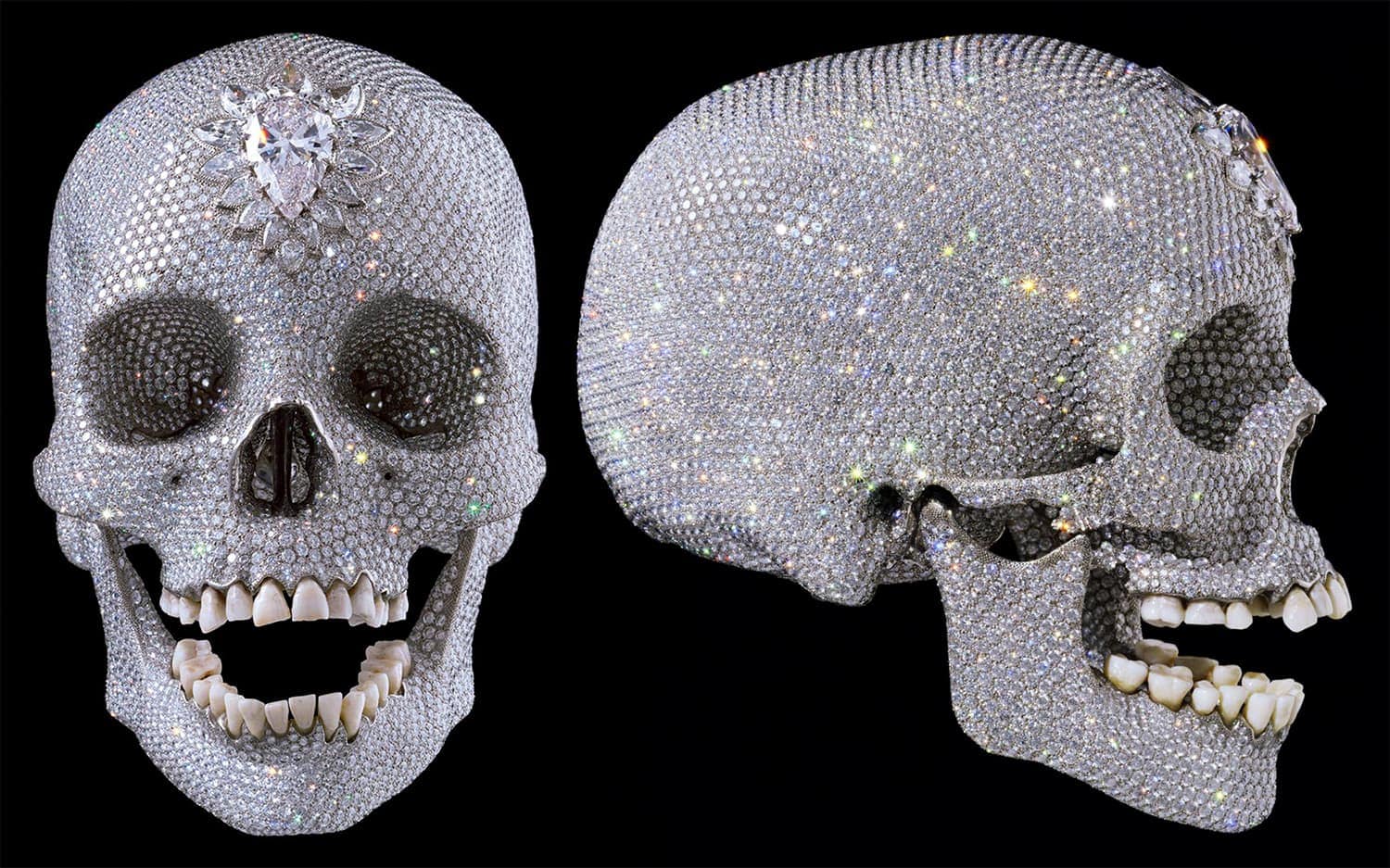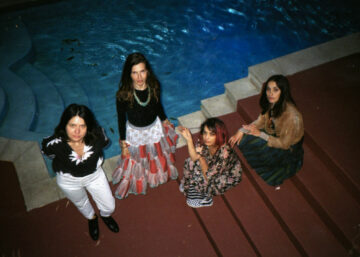
A decade-and-a-half after ‘selling’ his diamond-encrusted skull for a record-breaking $100m, Damien Hirst has finally admitted where it’s been hiding – what’s more, he’s revealed the deal never actually happened.

That’s because Britain’s richest artist has disclosed to The New York Times that the work, which has over 8,600 diamonds, has been sitting in a storage facility in Hatton Gardens.
Furthermore, he said that the work, titled For the Love of God, is still owned by him along with the White Cube art gallery and unnamed investors – despite many reputable news sources at the time reporting the sale as a closed deal.
Part of the clue, however, as to whether the piece was actually going to change hands or not, lies in a statement from the White Gallery’s spokeswoman at the time, who said Hirst ‘retained a participation in the work – he still owns a share of it – in order that he can oversee a global tour of the work that is currently being planned.’
It turns out that the ‘participation’ was something of an understatement, whilst, conversely, the ‘global tour’ was an overstatement considering the piece has largely languished in London’s jewellery district.
For the Love of God unsurprisingly drew headlines when it first appeared, dividing much of the art world between those who viewed it as an embodiment of vulgarity and flaunted wealth and those who, in turn, regarded it as an attack on the art establishment.
Cast from the skull of a 35-year-old 18th-century European man, whilst retaining the original teeth, it also holds a large pink diamond on its forehead – which itself is worth more than £4 million.

As an indicator of just how much money was involved in the project, Hirst said he couldn’t remember whether it cost £10 million or £15 million to make. Many jewellers, however, said at the time it couldn’t have been worth more than £15 million. The then vice-chairman of the London Diamond Bourse & Club, Harry Levy, provided an estimate to the Evening Standard that its true valuation was between £7 million and £15 million.
Regardless, that all now appears like pennies compared to his overall net worth of some $384 million (£287 million).
In more recent Hirst news, though continuing the theme of his money-making prowess, the artist broke into the world of digital art, with his series The Currency. Buyers could purchase hand-coloured dots on paper (I kid you not), each of which corresponds to a nonfungible token.
They only have a year, however, to decide whether they wanted to keep the NFT and have their physical copy burned – or, keep the physical artwork and relinquish their rights to the blockchain-based work.
Choices, choices. And interesting ones at that, as the art world and indeed society, continues to grapple with the growing chasm between the physical and digital worlds.
- Want to write for us? We’re looking for the best British arts and the people that make it, from Land’s End to John O’Groats. Have a look at our pitching guidelines.




